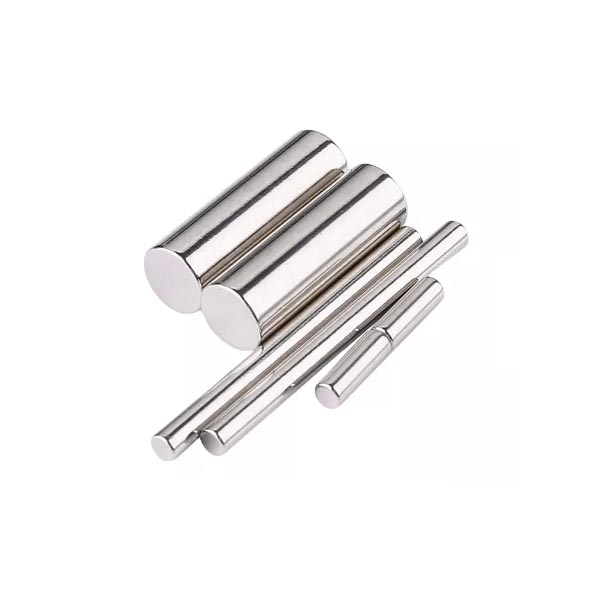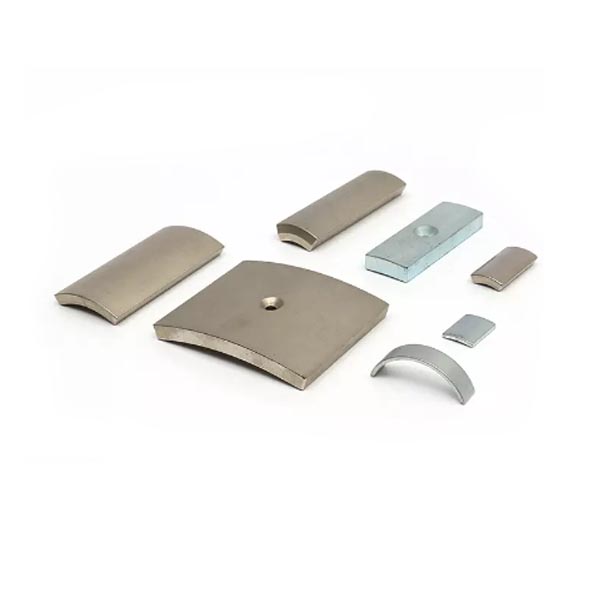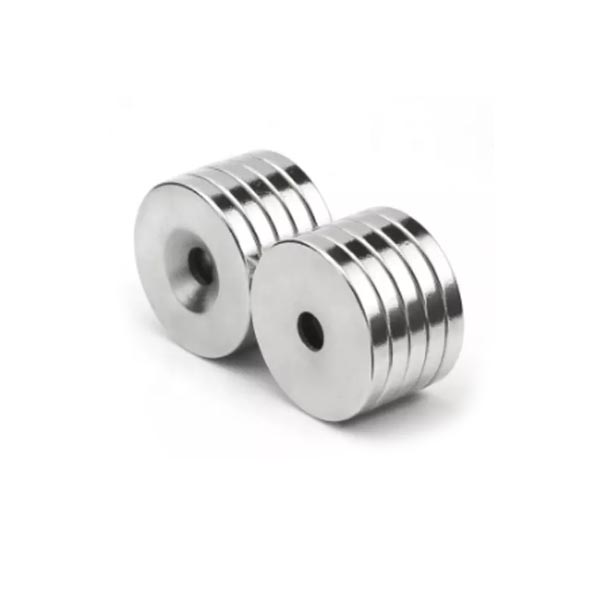Neodymium magnets, hailed for their exceptional strength and versatility, have revolutionized various industries with their remarkable magnetic properties. Central to understanding these magnets is the 'n rating,' a critical parameter that defines their magnetic strength and performance. In this comprehensive guide, we'll delve into everything you need to know about the 'n rating' of neodymium magnets.
What Exactly is the 'n Rating'?
The 'n rating' of a neodymium magnet denotes its grade or quality, specifically its maximum energy product. This energy product is a measure of the magnet's magnetic strength, expressed in MegaGauss Oersteds (MGOe). Essentially, the 'n rating' indicates how much magnetic energy a magnet can generate.
Decoding the 'n Rating' Scale
Neodymium magnets are graded on a scale from N35 to N52, with additional variations such as N30, N33, and N50M. The higher the number, the stronger the magnet. For instance, an N52 magnet is stronger than an N35 magnet. Additionally, suffixes such as 'H,' 'SH,' and 'UH' may be added to some grades to signify variations in temperature resistance and coercivity.
Determining Magnet Strength and Performance
The 'n rating' plays a pivotal role in determining the strength and performance of neodymium magnets. Higher 'n ratings' indicate magnets with greater magnetic force, making them suitable for demanding applications where high performance is essential. Engineers and designers consider the 'n rating' when selecting magnets for specific applications to ensure optimal performance and efficiency.
Understanding Applications and Requirements
The choice of neodymium magnet grade depends on the requirements of the application. Here are some common applications and the corresponding 'n ratings':
Consumer Electronics: Magnets used in smartphones, headphones, and speakers often range from N35 to N50, balancing performance with size and weight constraints.
Industrial Machinery: Motors, generators, and magnetic separators may utilize magnets with higher 'n ratings,' such as N45 to N52, to enhance efficiency and reliability.
Medical Devices: MRI machines and magnetic therapy devices require magnets with precise magnetic fields, often using grades like N42 to N50 for optimal performance.
Renewable Energy: Wind turbines and electric vehicle motors rely on neodymium magnets with high 'n ratings,' typically ranging from N45 to N52, to generate clean energy and drive sustainable transportation.
Considerations and Precautions
While neodymium magnets offer exceptional performance, certain considerations and precautions should be taken into account:
Handling: Due to their strong magnetic fields, neodymium magnets can attract ferrous objects and pose a pinching hazard. Care should be taken when handling these magnets to avoid injuries.
Temperature Sensitivity: Some grades of neodymium magnets exhibit reduced magnetic properties at elevated temperatures. It's essential to consider the temperature limits specified for each grade to ensure optimal performance.
Corrosion Resistance: Neodymium magnets are susceptible to corrosion in certain environments, particularly those containing moisture or acidic substances. Applying protective coatings such as nickel, zinc, or epoxy can mitigate corrosion and prolong the magnet's lifespan.
Conclusion
The 'n rating' of neodymium magnets serves as a fundamental parameter for understanding their magnetic strength and performance. By decoding this rating and considering various factors such as application requirements and environmental conditions, engineers and designers can harness the full potential of neodymium magnets to drive innovation and address diverse challenges across industries. As technology advances and applications evolve, a deep understanding of the 'n rating' will continue to be essential for unlocking the capabilities of these remarkable magnetic materials.
Your Custom Neodymium Magnets Project
We can offer the OEM/ODM services of our products. The product can be customized according to your personalized requirements, including the size, Shape, performance, and coating. please offer your design documents or tell us your ideas and our R&D team will do the rest.
Post time: Mar-15-2024







